
Second equilibrium condition explanation, examples, exercises
The second equilibrium condition establishes that the sum of the torques or moments produced by all the forces acting on a body, regardless of which point they are calculated, must be canceled so that said body is in static or dynamic equilibrium.
Denoting the torque or moment of force by the Greek letter τ, mathematically it is expressed like this:
∑ τ = 0
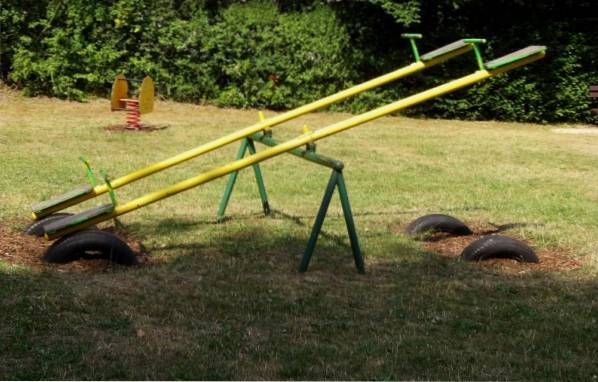
The bold letter indicates the vector nature of the moment, which must be canceled with respect to any point chosen as the center of rotation. In this way, canceling the net torque ensures that the object does not start to rotate or tip over..
However, if the object was already rotating previously, and the net torque suddenly disappears, the rotation will continue, but with constant angular speed.
The second condition of equilibrium is used in conjunction with the first condition, which says that the sum of the forces on a body must be zero, so that it does not move, or that if it does, it is with uniform rectilinear motion:
∑ F = 0
Both conditions apply to extended bodies, those whose dimensions are measurable. When an object is assumed to be a particle, it makes no sense to speak of rotations, and the first condition is sufficient to guarantee equilibrium.
Examples
The second condition of equilibrium is revealed in countless situations:
As you climb the ladder
When supporting a ladder on the floor and the wall, we need enough friction, especially on the floor, to ensure that the ladder does not slip. If we try to climb on a ladder supported on an oily, wet or slippery floor, it is not difficult to anticipate that we will fall.
To be able to use the ladder with confidence, it is necessary that it is in static balance while climbing and when on the required rung..
Moving a closet
When you want to move a tall piece of furniture such as a closet, or any piece whose height is greater than its width, it is convenient to push on a low point, to avoid tipping over, in this way it is more likely that the furniture will slide instead of turning and lie down.
In such circumstances the furniture is not necessarily in equilibrium, as it could move quickly, but at least it would not overturn.
Balconies
The balconies that protrude from the buildings should be constructed ensuring that even if there are many people on top, it does not tip over and collapse.
Dielectrics in external electric fields
By placing a dielectric material in an external electric field, the molecules move and rotate until they adopt a position of equilibrium, creating an electric field inside the material..
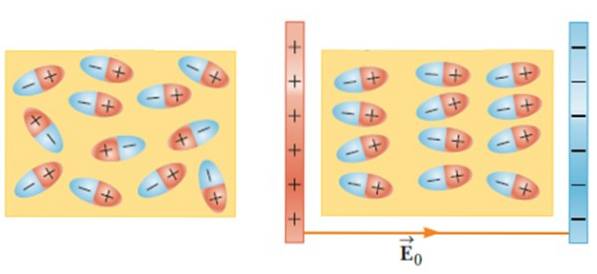
This effect increases the capacity of a capacitor when a material such as glass, rubber, paper or oil is inserted between its frames..
Signs and lamps
It is common for many locals to hang notices on the wall of the building, so that they are visible to passersby.
The poster is held by a bar and a cable, both fixed to the wall by brackets. The various forces that act must ensure that the poster does not fall, for which the two equilibrium conditions come into play.
A reflector can also be placed in this way in a park, as in the following figure:
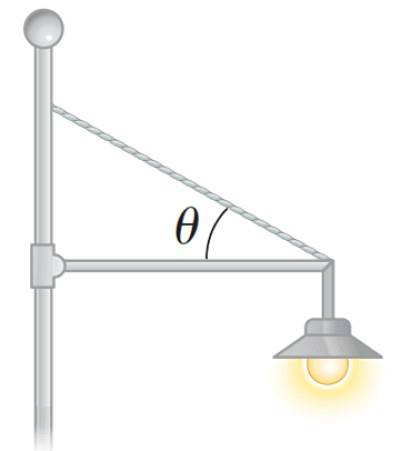
How to calculate the net torque or net moment of a force?
The torque or moment of a force, denoted by τ or M in some texts, it is always calculated with respect to some point through which the axis of rotation passes.
It is defined as the vector product between the position vector r, that is directed from said axis to the point of application of the force and the force F:
τ = r × F
Being a vector, it is necessary to express the torque by giving its magnitude, direction and sense. The magnitude is given by:
τ = rF.sen θ
Right hand rule for vector product
When the problem is in the plane, the direction of the torque is perpendicular to the paper or screen and the direction is determined by the right-hand rule, in which the index finger points toward r, middle finger towards F and the thumb points in or out of the paper.
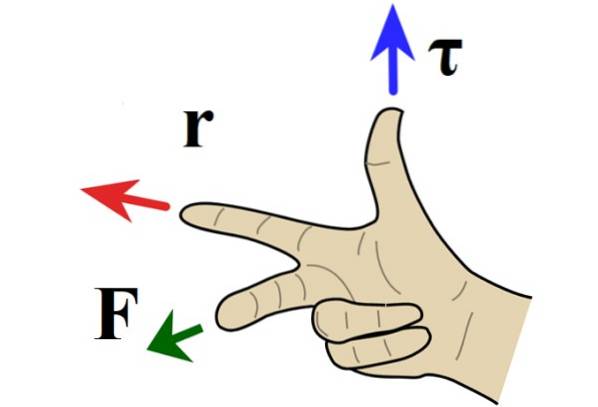
When the torque points out of the paper, the rotation is counterclockwise and is assigned a positive sign by convention. If instead the torque is directed towards the inside of the blade, the rotation is clockwise and negative..
To find the net torque, a convenient point is chosen for the calculation, which may be the one at which the greatest amount of forces act. In this case the moment of these forces is zero, as it has a position vector r of magnitude 0.
You can choose any point that offers enough information to solve the unknown that asks for the problem to be solved. Let's see it in more detail below.
Exercise resolved
The reflector in the following figure has a mass of 20 kg and is supported by a thin horizontal bar, of negligible mass and length L, which is hinged to a pole. The cable, also light, that helps to support the reflector forms an angle θ = 30º with the bar. Calculate:
a) The tension in the cable
b) The magnitude of the force F that the post exerts on the bar through the hinge.
Solution
We will apply the first equilibrium condition ∑ F = 0 to the forces shown in the diagram:
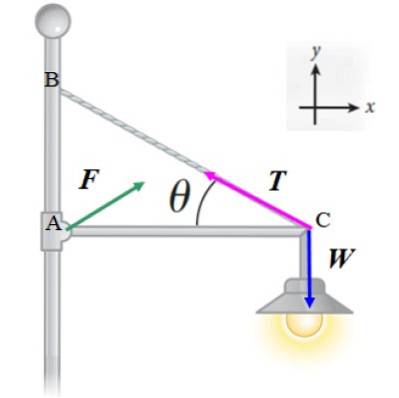
F + T + W = 0
Note that the magnitude and direction of F are yet to be determined, but we assume it has two components: Fx and FY. In this way we obtain two equations:
Fx -T. cos θ = 0
FY - W + T⋅ sin θ = 0
Now let's apply the second equilibrium condition, choosing point A, since we do not know the magnitude of F nor that of T. By choosing this point, the vector rTO is null, therefore the moment of F is null and the magnitude of F will not appear in the equation:
-W⋅L + T⋅sen θ⋅L = 0
Therefore:
T.sen θ.L = W.L
T = W / sin θ = (20 kg x 9.8 m / stwo) / Sin 30º = 392 N
Knowing the magnitude of T we can solve for the component Fx:
Fx = T⋅ cos θ = 392 cos 30º N = 339. 5 N
And then component FY:
FY = W - T⋅ sin θ = (20 kg x 9.8 m / stwo) - 392⋅sin 30º = 0
Then we can express F So:
F = 339.5 N x
It is therefore a horizontal force. This is because we considered that the bar had negligible weight.
If point C had been chosen to calculate the resulting moment, the vectors rT Y rW are null, therefore:
M = Fand⋅L = 0
It is concluded that FY = 0. In this way:
- W + T⋅ sin θ = 0
T = W / sin θ
Which is the same result obtained initially when choosing point A as the place where the axis of rotation passes.
Themes of interest
Equilibrium conditions.
First equilibrium condition.
References
- Bedford, 2000. A. Engineering Mechanics: Statics. Addison wesley.
- Figueroa, D. (2005). Series: Physics for Science and Engineering. Volume 4. Particle Systems. Edited by Douglas Figueroa (USB).
- Giancoli, D. 2006. Physics: Principles with Applications. 6th. Ed prentice hall.
- Sears, Zemansky. 2016. University Physics with Modern Physics. 14th. Ed. Volume 1.
- Serway, R., Jewett, J. (2008). Physics for Science and Engineering. Volume 1. 7th. Ed. Cengage Learning.
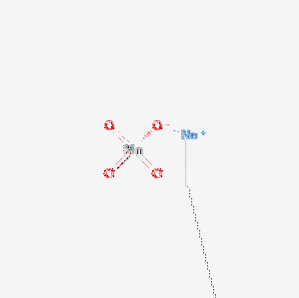
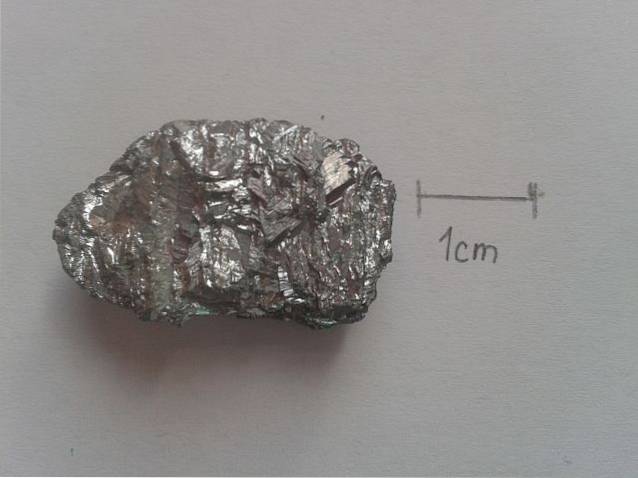

Yet No Comments